Jump to:
What is coarse hair? Is it the same thing as thick hair? After all, they’re the same, right? Wrong! And we’ll show you why in our complete guide below. Read on to learn all you need to know.
What Is Coarse Hair?
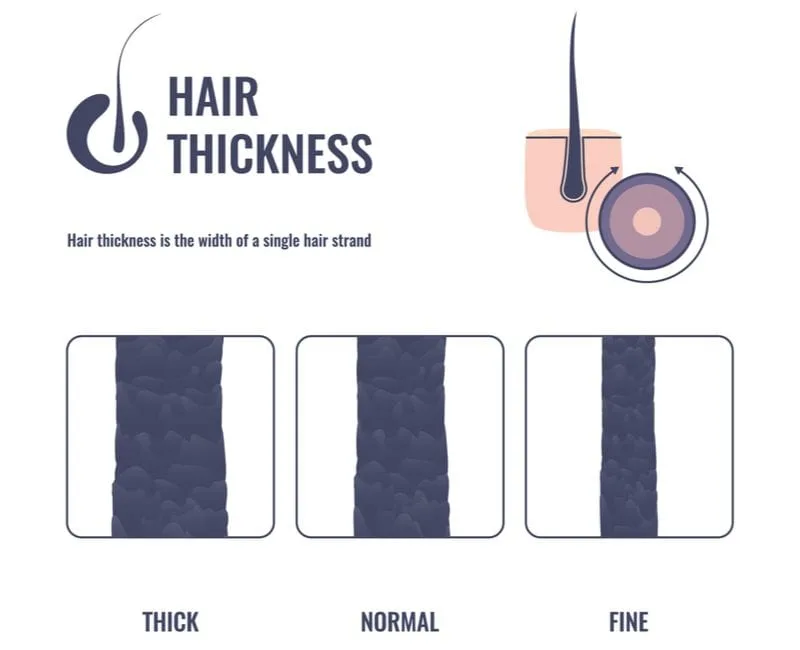
Art4stock/Shutterstock
If you’re looking to find the best hair care and style products for your mane, it’s vital to know what hair type you have. Coarse hair is one such type and often has a reputation for being difficult to manage.
However, this isn’t entirely true.
Coarse hair simply means your hair strands are thicker and have lots of natural body. While it may feel rough, there’s no limit to the shapes coarse hair can have.
It can be straight, curly, wavy, tightly curled, or anything in between. So, if you think you might have coarse hair, what does this mean for you? In this post, we’ll cover everything you need to know.
Coarse Hair vs. Thick Hair
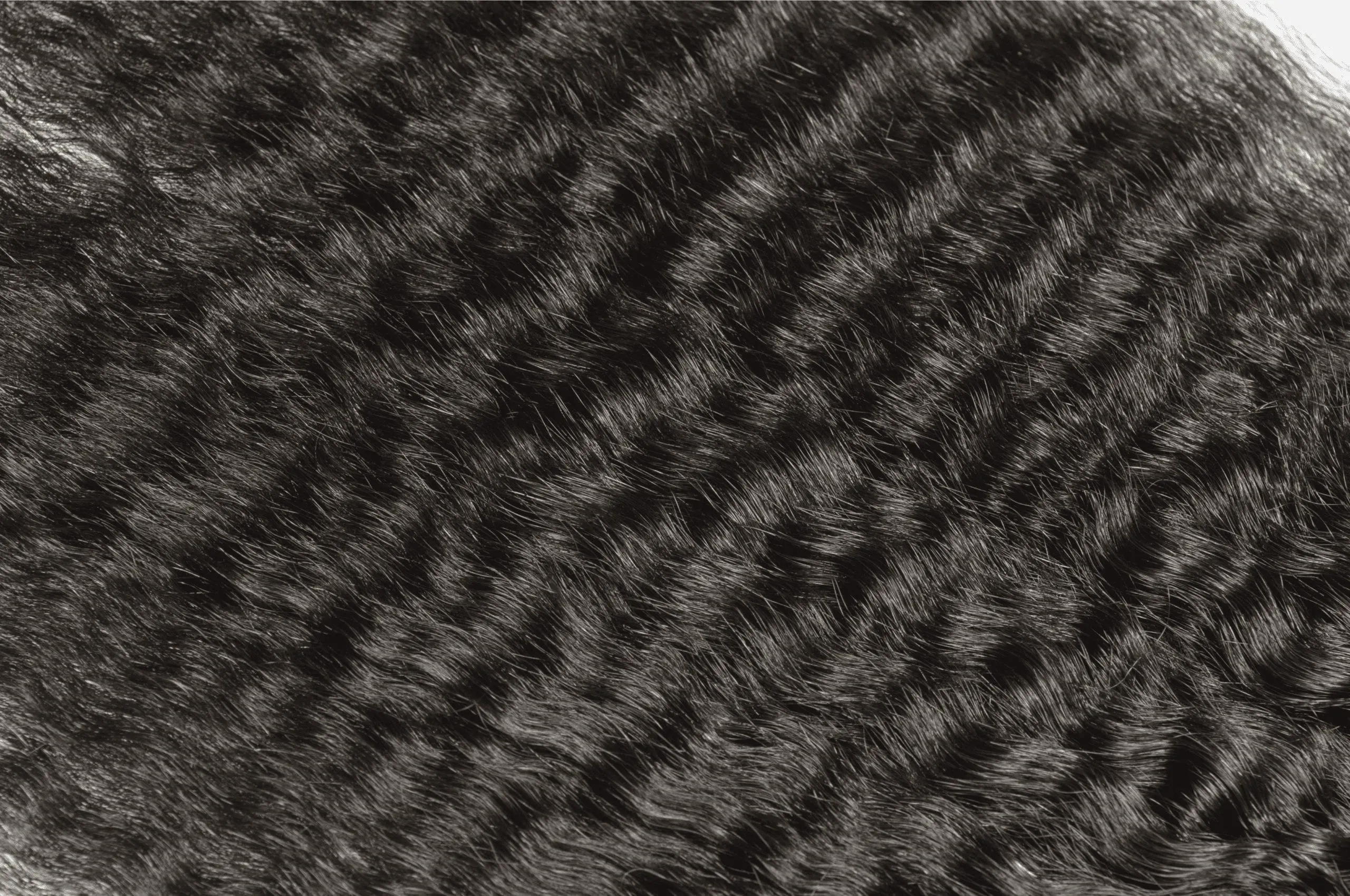
Sixsmith/Shutterstock
Thick and coarse hair is often mistaken as the same. However, there are a few defining characteristics that distinguish these two hair types. For one, the thickness of your hair describes your hair’s density.
In other words, it refers to how many hair follicles are on your scalp. In contrast, the coarseness of your hair indicates your hair’s circumference (i.e. the hair strands themselves are thicker).
Ultimately, the appearance may be similar, whether you have thick or coarse hair. Still, the optimum treatment for your locks will differ depending on your hair’s texture.
This is where understanding your hair’s thickness and coarseness helps you to curate an effective hair care regime.
How to Identify Whether You Have Coarse Hair
Pick up a single strand of hair and run your finger over it. If you can’t feel it, you likely have fine hair. Whereas, if you can feel its texture, your hair is more likely to be coarse.
You can also test the health and elasticity of your hair by pulling out a wet or damp strand and stretching it between your index finger and thumb. If it breaks quickly, you have hair with low elasticity.
Whereas if it returns to its original length when released, you have high elasticity. Coarser hair tends to have higher elasticity, making it less prone to breakage.
From Fine to Coarse Hair
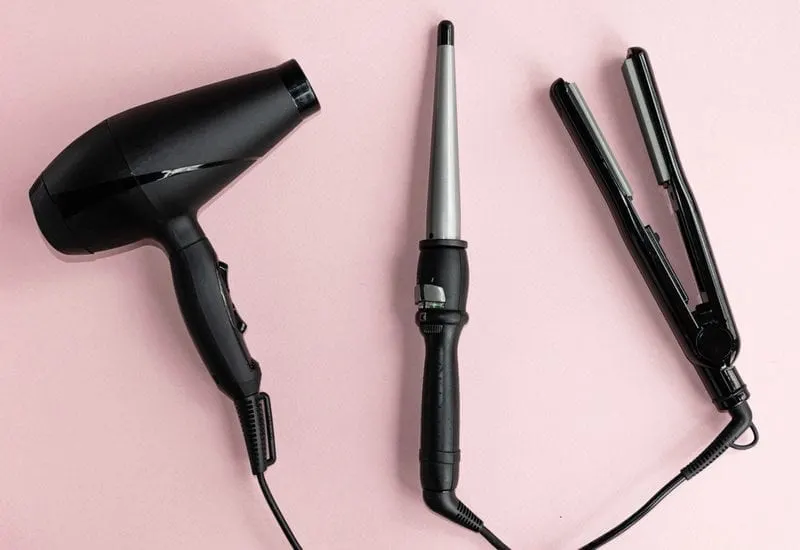
Andersen161/Shutterstock
Your individual genes dictate whether you have coarse or fine hair. However, your hair can change textures throughout your life due to hormonal changes (think puberty and menopause), illness, and hair loss. When your hair becomes finer, there are significant changes happening at the follicular level (shrinkage), which causes your follicles to produce thinner hair strands. The reverse is happening when your hair gets coarser in your teen years.
While external factors cannot alter your hair circumference, your hair may begin to feel coarse with:
- Regular heat styling – this strips the natural moisture from your hair, making it more likely to break
- Harsh environmental conditions
- Hormonal imbalances
Interestingly, a lack of calcium may also result in hair that’s rougher to the touch. Also, if you use styling products containing SLS (sodium lauryl sulfate), this can dry your hair out and lead to breakage, resulting in hair that feels coarser.
How to Shampoo and Condition Coarse Hair
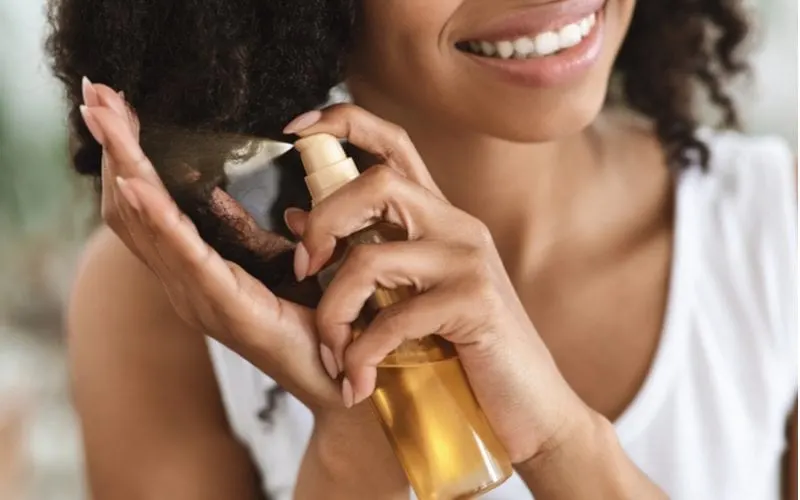
Prostock-studio/Shutterstock
Styling coarse hair takes more effort, although these thicker strands can typically hold a curl or style very well when appropriately managed. Regardless, you might be reluctant to wash your hair more than a few times a week because of the extra styling time it may take.
However, coarse hair dries out quickly. As a result, it benefits from frequent washing and conditioning, which adds moisture to the hair and improves its suppleness. Shampoo your hair gently and avoid rough rubbing, as this may cause frizz.
If your hair is especially prone to dryness, try co-washing. I.e., only washing your hair with a conditioner. Then, you could also apply serum or oil explicitly designed for course hair to further nourish your locks.
Pro tip: When applying hair serum or oil, avoid the scalp area. Otherwise, you risk greasy-looking roots.
How to Style Coarse Hair
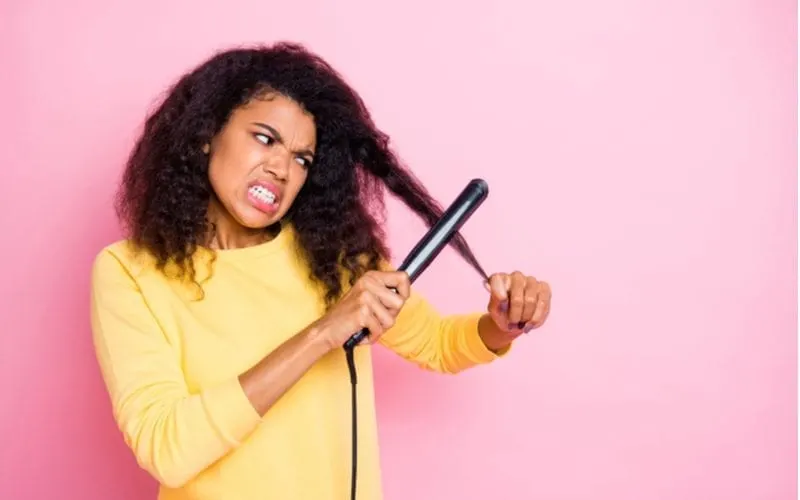
Roman Samborskyi/Shutterstock
The great thing about coarse hair is that it usually comes with lots of natural body and volume. However, it can be time-consuming to style if you’re after a smooth, frizz-free look.
Namely, because you need to work with smaller sections of hair, one at a time. Be cautious when using heated appliances, as heat can dehydrate your hair, making it brittle and/or dull. To limit the damage, try to use hair curlers, straighteners, wavers, etc., made from silicone.
This goes a long way to protecting your hair from the heat. Also, if you’re using a blow dryer, keep it at least six inches away from your hair and keep the dryer moving.
Note: You should also trim coarse hair every 6-8 weeks to prevent split ends from traveling any further up the hair.
The Best Hairstyles for Coarse Hair
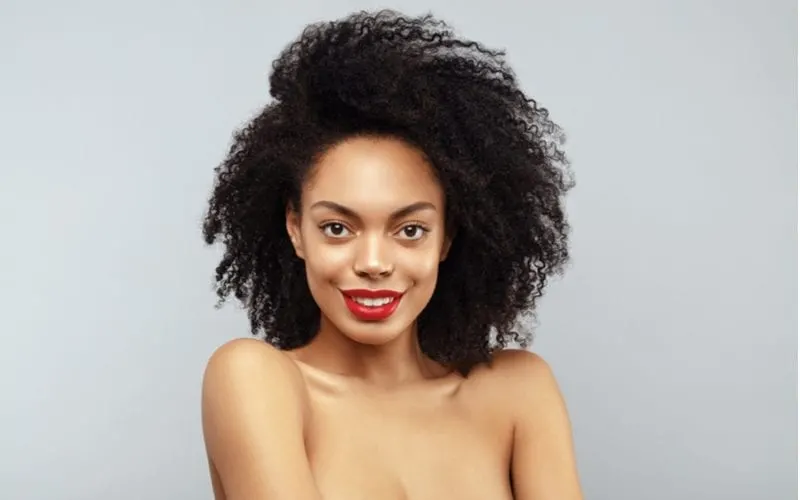
Beauty Agent Studio/Shutterstock
When it comes to hairstyles, coarse hair benefits from long layers to create bounce. You might also choose an undercut or razor cut. Your stylist can shave the bottom layer of your hair, which will lighten the weight of your hairstyle.
This method is best suited to straight, thick hair.
Or, if you want to make your hair-care routine more manageable, an angled medium-cut could be a good solution for you. If you’re feeling really bold, a pixie cut is another option – especially if you’re always on the go with little time to faff with your hair.
Common Concerns with Coarse Hair
People with coarser hair often face the following concerns:
Dry Hair
With coarse hair, it’s far more difficult for moisture to penetrate. As a result, you can get a rougher, damaged texture that looks dull. Consequently, coarse hair needs treating differently from fine hair.
For one, it requires deep moisturization. Using a hair mask once a week is a great way to avoid dryness, and it’s also wise to keep heat treatments like blow dryers to a minimum.
Read Next: Best Hair Masks on the Market
Frizz
Although frizz can be a natural hair texture, frizzy hair is often the result of over-washing or processing and worsened with humidity. Again, avoiding heat can reduce frizz and prevent your hair from breaking.
If you’re prone to waking up with frizzy hair, consider using a silk pillowcase. Silk is less likely to tug at your hair, so it won’t damage it while you toss and turn in your sleep.
You should also regularly brush your hair from the scalp to the ends with a natural bristle brush. This helps distribute your hair’s natural oils, which in turn protects it from drying out or becoming frizzy.
Read Next: Best Hair Brushes for All Hair Types
So, What Is Coarse Hair?
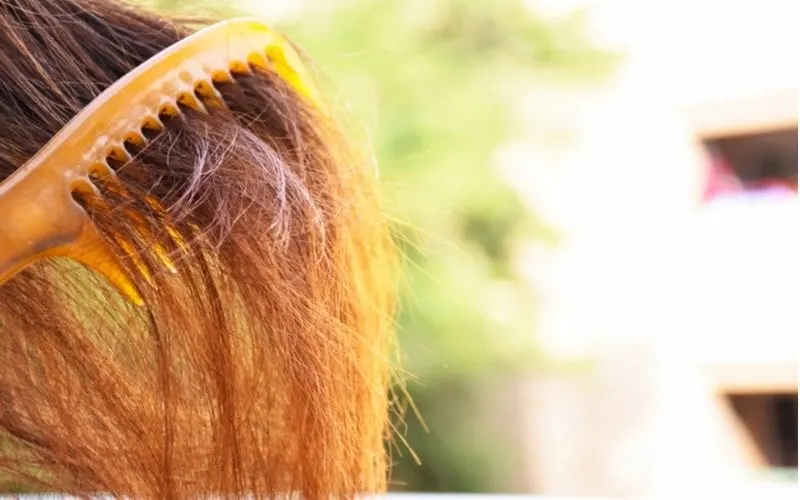
SuphattharachaiPhotos/Shutterstock
All in all, having coarse hair can be a blessing and a challenge. If you take care to keep it moisturized and healthy, it can lead to stunningly robust, healthy, and voluminous styles. Just take care not to dry out your hair with heated appliances and regularly use hair masks and oils to keep coarse hair salubrious.
